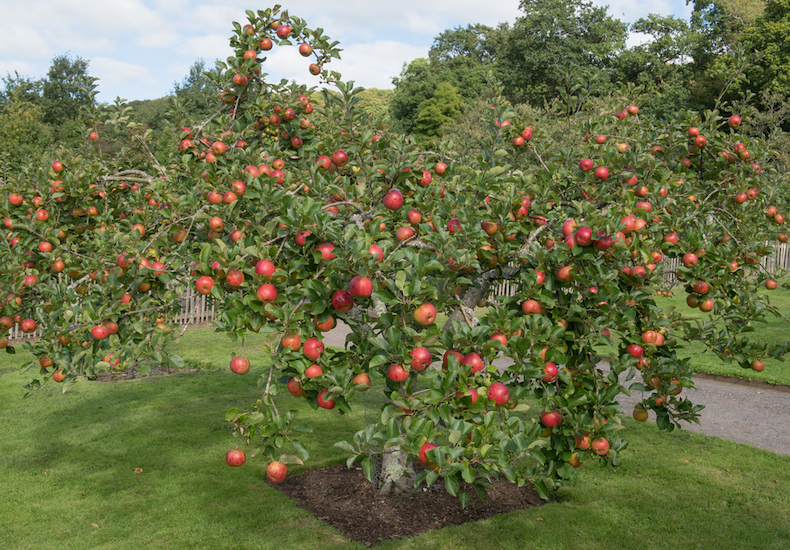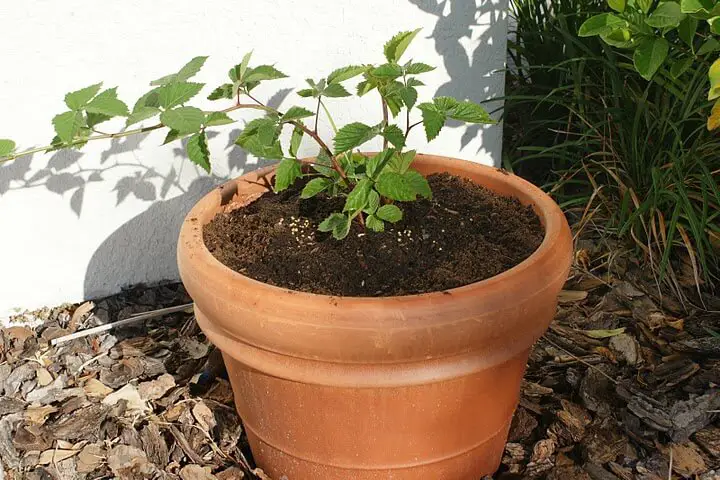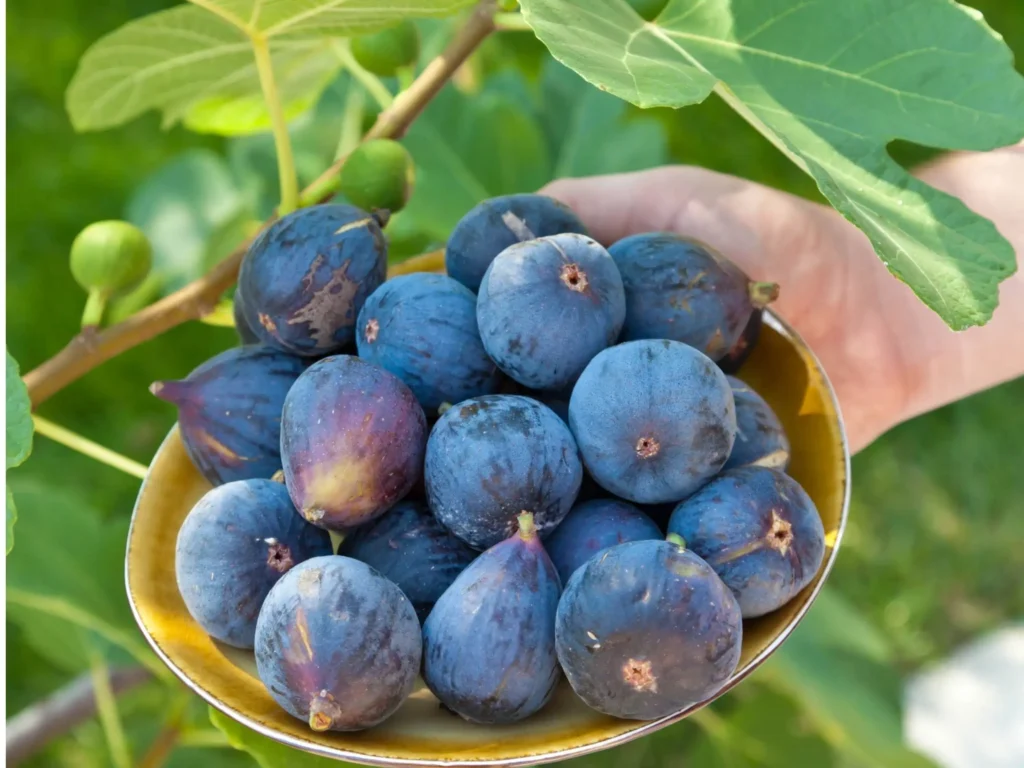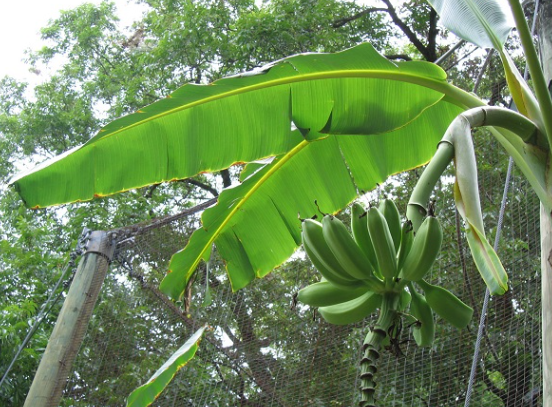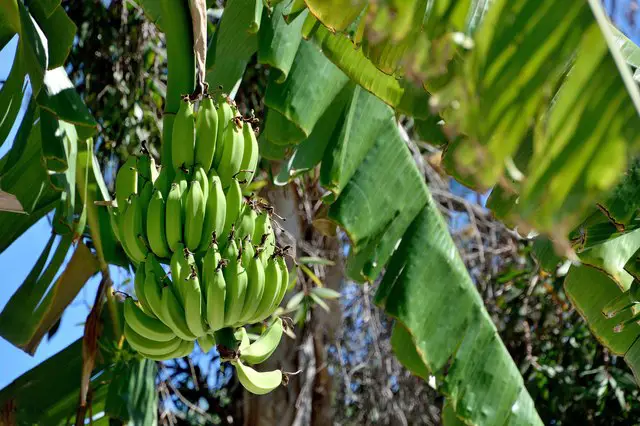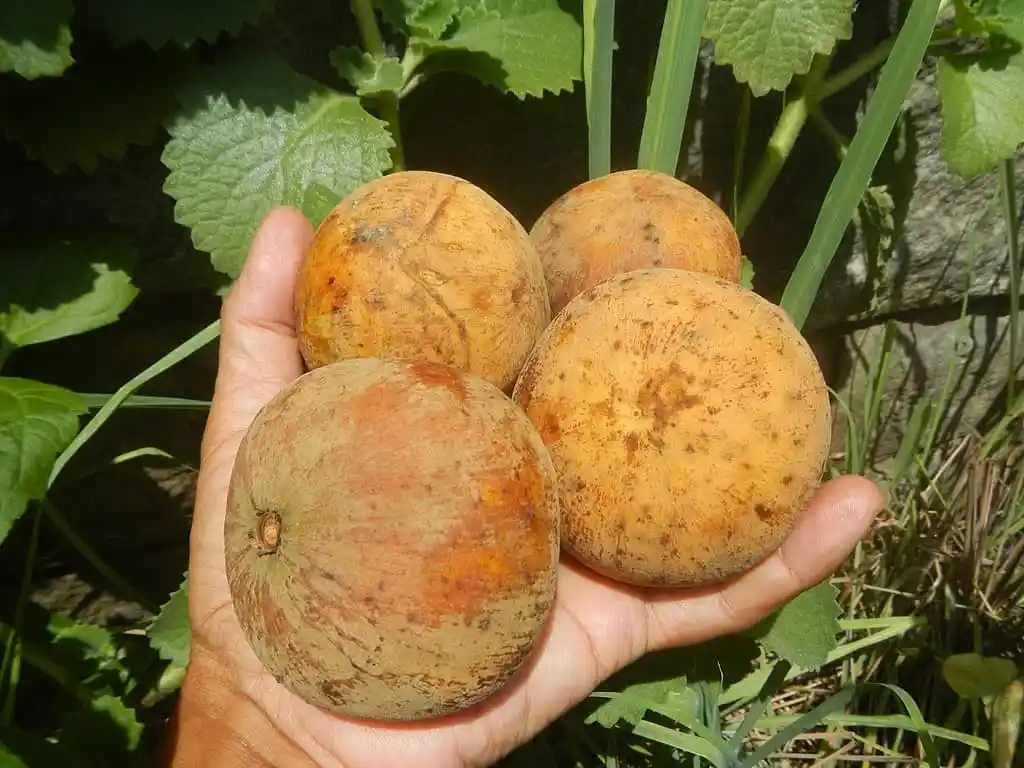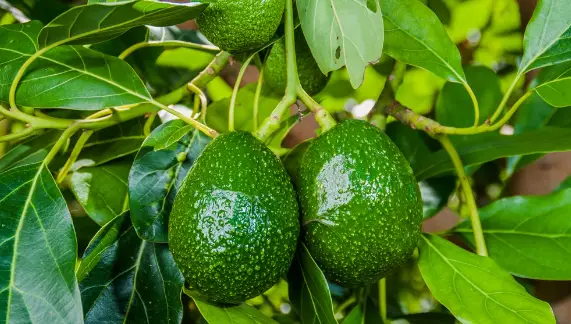If you want your zucchini plants to grow well and give you lots of zucchinis, it’s good to prune them. Not sure how to begin? We’ll walk you through the pruning steps so you can do it the right way!
Pruning is great for helping many plants, including zucchinis, to thrive. It’s easy to do, and once you understand the basic steps, you can quickly get your plants to look better and make more fruit.
This article will guide you on how to trim down your zucchini plants. This way, they can keep making lots of tasty zucchinis for you to enjoy.
Table of Contents
- Why do we prune zucchinis?
- How To Prune Zucchini Plants
- Step 1 – Find the main stem of the zucchini plant
- Step 2 – Spot the first leaves coming out of the stem
- Step 3 – Cut off any extra shoots or branches under the first leaves
- Step 4 – Remove any yellow or dead leaves
- Step 5 – Prune branches that are touching each other
- Step 6 – Keep an eye on the plant and prune as needed
- Step 7 – Limit the number of fruiting branches
- If your zucchini is getting too big, clip the tips at the top
- Keep pruning throughout the season when needed
- Pull up the plant at the end of the season or if it stops making zucchinis
- When is the best time to prune my zucchini?
Why do we prune zucchinis?
Zucchini plants do better with some regular pruning. When you prune, you control the plant’s size by taking off shoots or branches growing under the bottom leaves. By cutting the top growing tips, you also stop the plant from getting too tall and toppling over, which makes it hard to pick the zucchinis.
By pruning, you limit how many branches will make fruit, and this can give you bigger and better zucchinis. It also helps to keep the plant from getting diseases and bugs, while making the soil better for later planting. Plus, pruning makes the plant look nice for everyone to see.
When you prune right, you help the zucchini plant stay healthy all through its life. You also help the soil around it stay nice, which makes it easier to grow good fruits with less work and makes a happy garden for harvesting.
How To Prune Zucchini Plants
Step 1 – Find the main stem of the zucchini plant
The first step in pruning zucchini plants is to locate the main stem. This one is usually thicker and taller than the rest, and it holds up the whole plant. It sends food and water to all the parts of the plant.
You have to find this main stem before you start pruning. Any extra shoots or branches growing from the stem below the bottom leaves should be cut off. This makes sure the main stem gets everything it needs. Find the main stem and remove the extra parts, so your zucchinis can grow big and healthy.
Step 2 – Spot the first leaves coming out of the stem
Next, you should look for the very first leaves that pop out close to the bottom of the stem. These leaves are big and green and help the plant make energy to grow. You want to keep these leaves safe and sound so the plant can grow well.
After finding the main stem, make sure to protect these important leaves. Even if there are other leaves on the plant, those bottom leaves are super important for feeding your zucchini plants.
Step 3 – Cut off any extra shoots or branches under the first leaves
For a strong and growing zucchini plant, get rid of any shoots or branches that are under the first big leaves. These extra parts can suck up energy and food that should go to the main stem, so it’s better to snip them right off.
Remember, the shoots above the first leaves are important, so leave those alone. Check your plant often and prune away the extra shoots to keep your plant in good shape.
Step 4 – Remove any yellow or dead leaves
Cut away any leaves on your zucchini plant that look yellow or are wilting and dying. These leaves can’t make food for the plant and can lead to diseases or bugs. Take off those bad leaves to keep the rest of the plant healthy and growing well.
Also, watch for other problems like spots, holes, or droopy stems, and fix those too. Making pruning a regular thing helps your zucchini plants stay healthy and strong.
Step 5 – Prune branches that are touching each other
Look for any branches that are crossing over each other or touching. If you see branches like this, trim them back so they are not rubbing. This helps prevent damage to the branches and keeps the plant healthy.
Cutting these branches also helps keep the plant shaped well and growing strongly. When you prune, use clean tools and cut carefully just above a leaf so new shoots can start. Checking your zucchini and pruning when needed will make sure it stays healthy and gives you lots of fruit.
Step 6 – Keep an eye on the plant and prune as needed
Keep a close watch on your zucchini and keep on pruning. Look for shoots or branches growing under the bottom leaves and cut them off. This helps air move around the plant better and keeps mold and bugs away, which means your plant will grow better.
Regular pruning also means the plant can put more energy into making bigger fruits, so you’ll get more to eat. Keep checking your zucchini and trimming the extra parts for the best harvest.
Step 7 – Limit the number of fruiting branches
To make sure your zucchinis grow big, only let two or three branches on each stem make fruit. If there are too many branches with fruit, your zucchinis will be smaller and there won’t be as many.
When you cut back on the fruiting branches, your plant can focus on making fewer but bigger and better zucchinis. By doing this, you help the plant’s energy go to growing the fruits on those few branches, leading to a great harvest with big, healthy zucchinis. Make sure to trim down the number of branches so your plant doesn’t get overwhelmed and can give you the best zucchinis.
If you want your zucchini plants to do really well, follow these tips. First, make sure to cut off any extra shoots on the stems so that only two or three are left. This will help your zucchinis grow big and nice.
If your zucchini is getting too big, clip the tips at the top
If you don’t want your zucchini plant to get too tall, trim the tips at the top. That’ll keep it from getting top-heavy and falling over, which would make it hard to pick the zucchinis. By doing this regularly, your plant will grow out more instead of up, and you’ll get more zucchinis.
Keep pruning throughout the season when needed
It’s really important to keep pruning your zucchini as it grows. Get rid of any side shoots or branches that are too big. That way, your plant will have strong branches and grow big fruits. Keep an eye on it to make sure it’s getting enough sun and food, and that your pruning is helping it stay in good shape. If you take care of it, you’ll have a lot of zucchinis to enjoy.
Pull up the plant at the end of the season or if it stops making zucchinis
When the growing season is over or if your plant isn’t making zucchinis anymore, it’s time to pull it out. This helps stop diseases and bugs and makes the soil better for planting next time. If you take these steps, your zucchini plant should stay healthy and give you lots of tasty vegetables.
When is the best time to prune my zucchini?
It’s a good idea to start pruning your zucchini early in the season when it’s just starting to grow shoots and branches. This helps the plant stay healthy. Make sure you keep pruning whenever you see extra side shoots or branches. Also, if your plant is growing too tall, it’s time to prune it. Doing this at the right time will help your zucchini grow well all season long.
